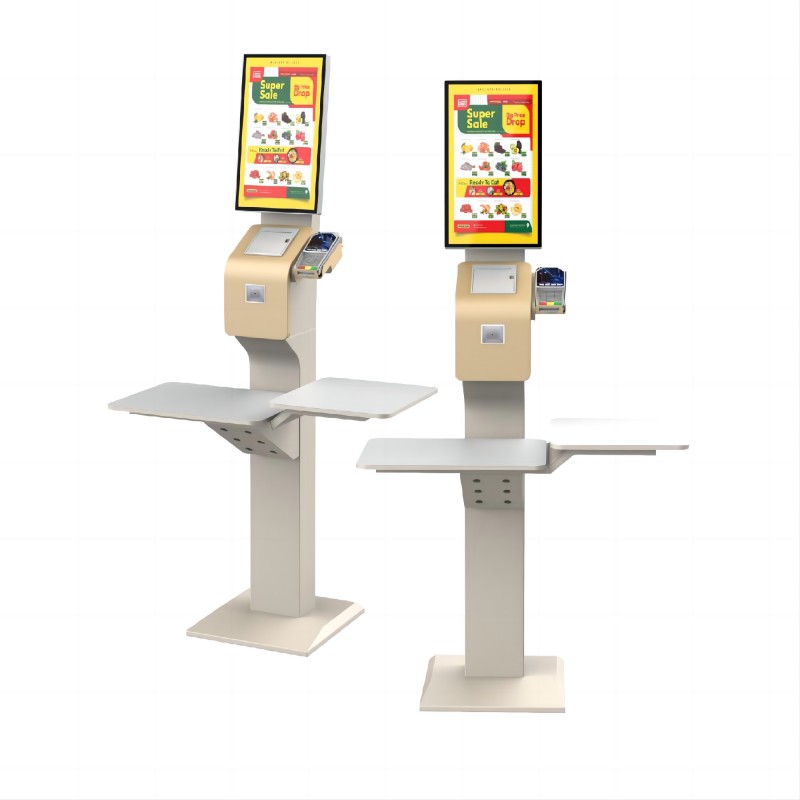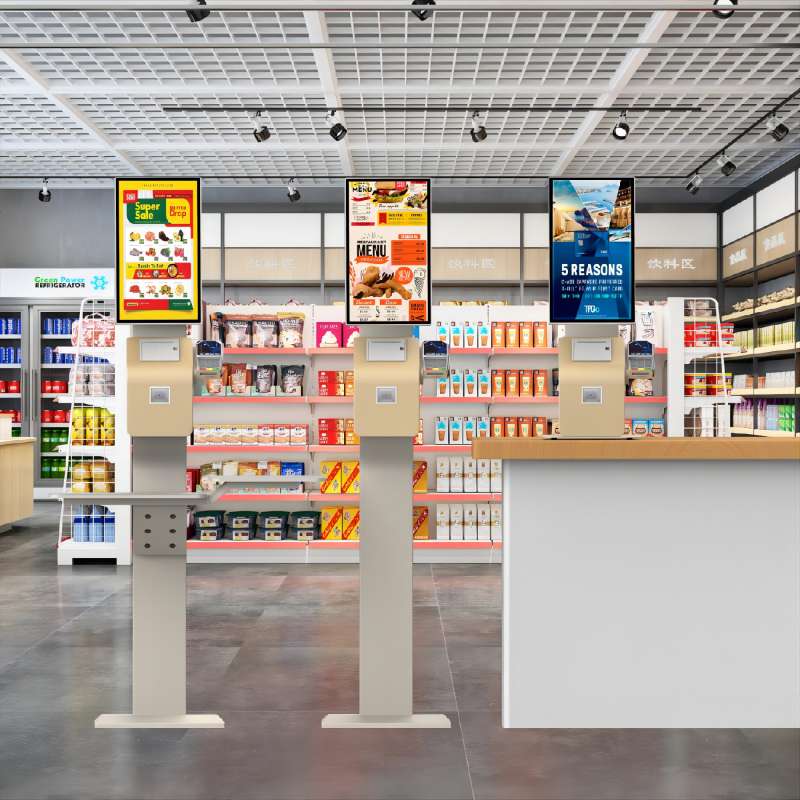Purchase Considerations of Retail Kiosks
Define Requirements: Identify the specific needs and objectives for the kiosk, including target audience, intended functions, and desired features.
Budget: Establish a budget that includes initial purchase costs, customization, installation, maintenance, and potential upgrades.
Supplier Reputation: Research suppliers and manufacturers, focusing on their experience, customer reviews, and reliability.
Customization Options: Ensure the kiosk can be tailored to fit your brand identity and specific operational needs, including design, software, and hardware features.
Technical Specifications: Evaluate the technical aspects such as touchscreen quality, processor speed, memory capacity, and connectivity options.
Support and Maintenance: Consider the availability of ongoing support, warranty, and maintenance services to ensure long-term performance.
Compliance and Security: Verify that the kiosk complies with relevant regulations and standards, including data security and accessibility requirements.
How to Buy Retail Kiosks Step by Step
1. Research and Planning
Assess your business needs and determine the primary functions the kiosk will serve.
Research different kiosk models and suppliers, comparing features, prices, and reviews.
2. Contact Suppliers
Reach out to selected suppliers for detailed information about their kiosks.
Request quotes and discuss customization options to match your brand and operational requirements.
3. Evaluate Proposals
Compare the proposals received from different suppliers.
Consider factors like cost, customization capabilities, technical specifications, and support services.
4. Prototype and Testing
If possible, request a prototype or demo unit to test the kiosk’s functionality and user experience.
Provide feedback and request any necessary adjustments or improvements.
5. Finalize Design and Agreement
Work with the supplier to finalize the kiosk design, including hardware, software, and branding elements.
Review and sign a purchase agreement that outlines all terms, including pricing, delivery schedule, and warranty details.
6. Installation and Training
Coordinate with the supplier for the installation of the kiosks at your desired locations.
Ensure that your staff receives comprehensive training on how to operate and maintain the kiosks.
7. Launch and Monitor
Launch the kiosks and monitor their performance.
Collect customer feedback and track usage data to identify any issues or areas for improvement.
8. Ongoing Support and Maintenance
Utilize the supplier’s support and maintenance services to keep the kiosks in optimal condition.
Plan for regular updates and potential future upgrades to enhance functionality and efficiency.
By following these steps and considering the key factors, you can make an informed decision when purchasing retail kiosks, ensuring they meet your business needs and contribute to improved customer experiences and operational efficiency.















What did our happy clients say?
Our new retail kiosks have revolutionized our customer service. Easy to use and efficient, they’ve significantly reduced wait times and boosted sales. Installation was seamless. Highly recommend!
We are thrilled with our retail kiosks. The customization options allowed us to perfectly match our branding, and the support team has been excellent. Customers love the convenience. Thank you!
The retail kiosks have been a game-changer for us. The secure payment system and user-friendly interface have enhanced our customer experience. Great investment for our business!
Fantastic product! The retail kiosks are durable, efficient, and visually appealing. They’ve increased our sales and provided valuable customer insights. Excellent support from the team too.